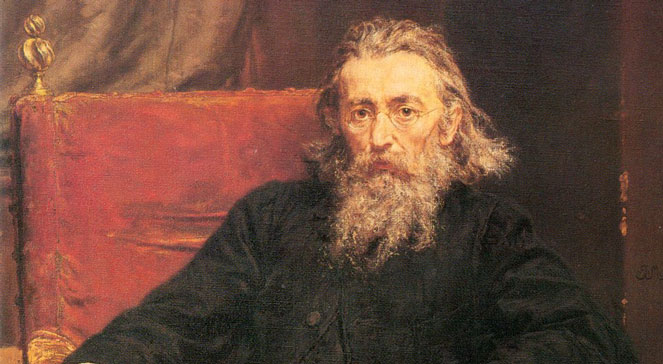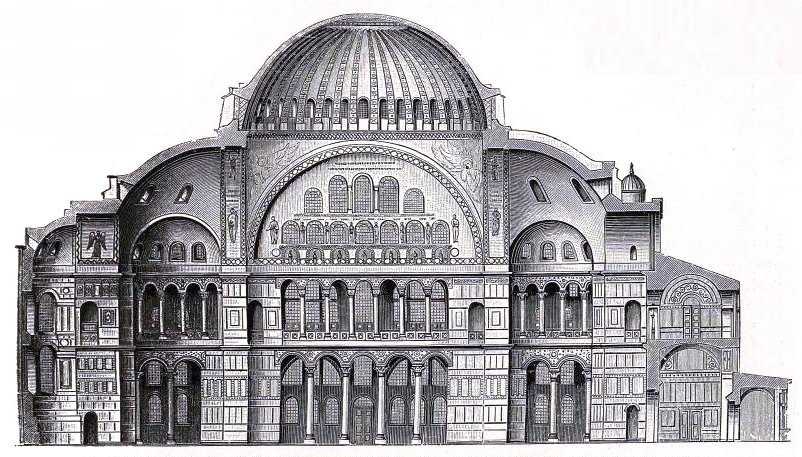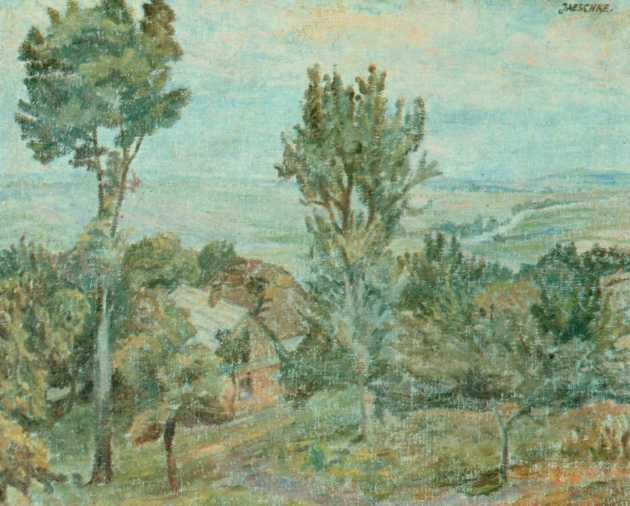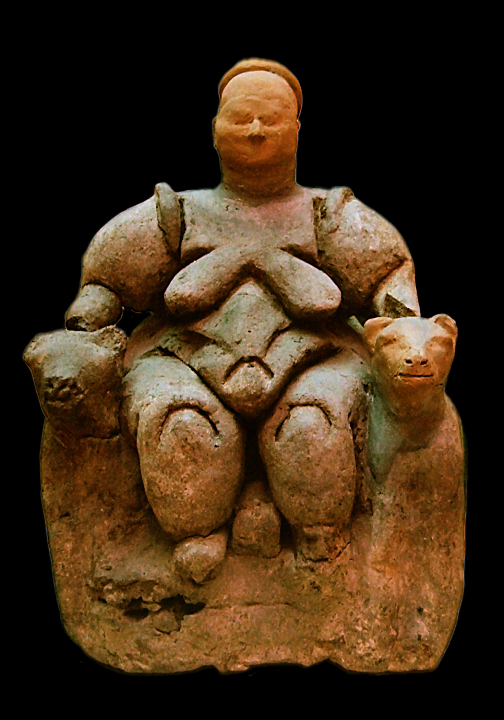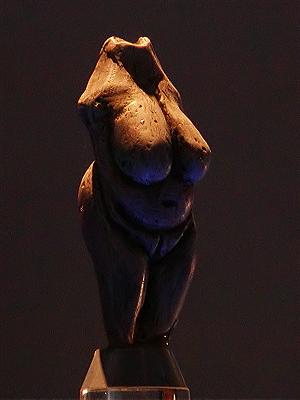Painting – Classicism.
Classicism (from Latin. classicist – perfect, first-rate, exemplary, learned) , as a style referring to the achievements of the ancient Greeks and Romans, reigned in the Age of Enlightenment. Classicism flourished at the end of the 18th century and in the first quarter of the 19th century. Classicism was born as a reaction to the unbridled late Baroque and Rococo. Artists, looking for a style capable of expressing morally deeper content, turned to “sources” ancient culture and Renaissance art drawing from it.
To emphasize civic virtues, moralizing or even propaganda activities were modeled on the themes and architecture of ancient Greece and Rome, faithfully reproducing the elements of decoration, costume or architecture of Antiquity . Painting was mainly expressed in ancient themes, mythological, allegorical and portrait. The characters were often chieftains and state and mythological heroes.
A strict perspective was required when presenting reality. Images have become static, economical in expression, emanating with dignity, serenity and calmness.
Free chiaroscuro and blurring were avoided in favor of a clear contour, color contrast. Shape became more important than color or texture .
Classicism in Poland is the so-called. Stanisław August style named after King Stanisław August Poniatowski.
Classicists:
Jacques-Louis David
John Ingres
Thomas Gainsborough
Marcello Bacciarelli
Bernardo Bellotto zw. Canaletto the younger
